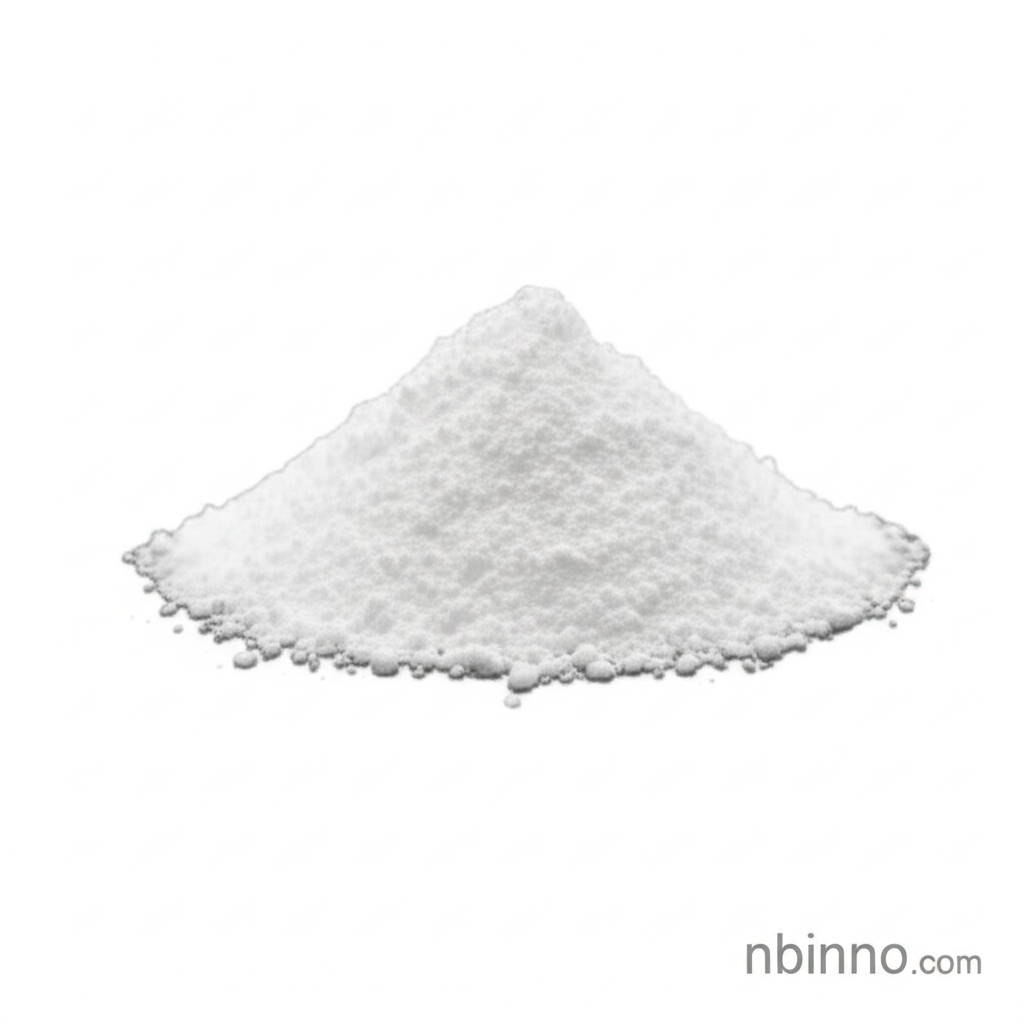Polyanionic Cellulose (PAC) for Oilfield Drilling
Enhance drilling efficiency with superior fluid loss control and wellbore stability.
Get a Quote & SampleProduct Core Value

Polyanionic Cellulose
Polyanionic Cellulose (PAC) is a vital water-soluble polymer essential for optimizing water-based drilling fluid performance in the oil and gas industry. It excels as a primary fluid loss reducer and viscosifier, ensuring efficient drilling operations.
- Minimize fluid loss in oil and gas wells using Polyanionic Cellulose for enhanced drilling fluid performance.
- Achieve superior wellbore stability with PAC as a key drilling fluid additive.
- The efficient viscosifier properties of PAC help improve rheology and suspension capabilities.
- Benefit from the salt resistance and high-temperature stability of this essential cellulose ether for oilfield applications.
Key Advantages
Exceptional Fluid Loss Control
PAC effectively reduces fluid loss, forming a thin, impermeable filter cake that protects the formation and minimizes filtrate invasion, contributing to overall drilling efficiency.
Improved Viscosity and Rheology
This polymer acts as an excellent viscosifier, enhancing the rheological properties of drilling fluids to improve cuttings suspension and transport to the surface, a key benefit for drilling muds.
Enhanced Wellbore Stability
PAC contributes to wellbore integrity by preventing shale swelling and disintegration, a critical advantage for drilling in challenging geological formations.
Key Applications
Oilfield Drilling
Used extensively in water-based drilling fluids to control fluid loss, increase viscosity, and maintain wellbore stability during oil and gas exploration.
Completion Fluids
PAC is an important component in completion fluids, providing filtration control and stabilization in various brine environments.
Water-Based Drilling Systems
Its compatibility with fresh water, seawater, and brine makes PAC a versatile additive for a wide range of water-based drilling fluid systems.
Shale Inhibition
PAC helps retard shale swelling and disintegration, ensuring smoother drilling operations and preventing formation-related issues.
